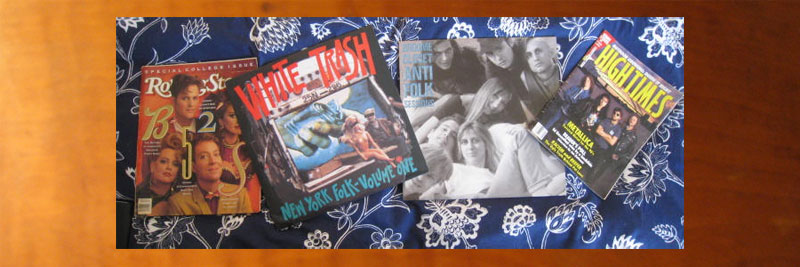
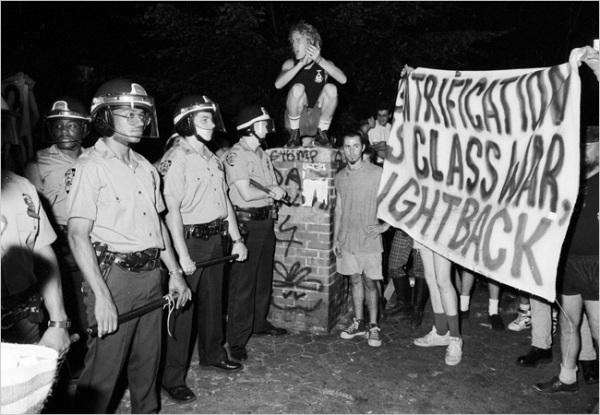
Tompkins Square Riot, New York
City, 1988
Ángel Franco-The New York Times
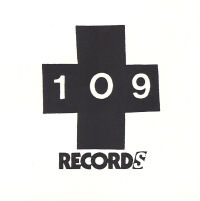 109 Records began in 1983 with the release of a dance club single by Demetrius “Fashion Mannequin”. She was a tall,
black, bald and beautiful model I met producing 109 fashion shows I DJ’d and MC’d at the nightclubs like Area, Limelight,
8BC and Pyramid.
109 Records began in 1983 with the release of a dance club single by Demetrius “Fashion Mannequin”. She was a tall,
black, bald and beautiful model I met producing 109 fashion shows I DJ’d and MC’d at the nightclubs like Area, Limelight,
8BC and Pyramid. 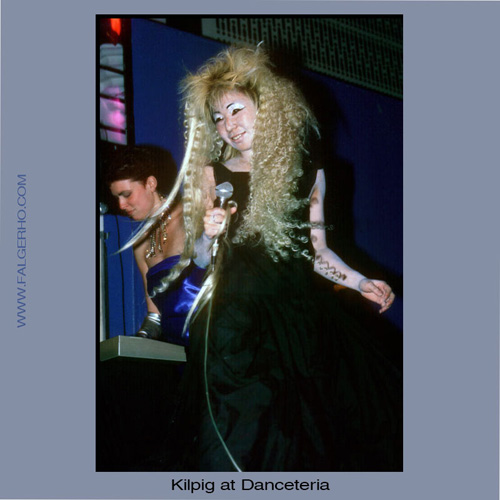 The single was written up in ID Magazine and Michael Musto’s book “Downtown” and the label was off and
running. The second record was the KilPig 4 song EP, an industrial noise/no wave band that I also played bass in that
received college radio airplay, local and national press and indie distribution with Caroline in the US and Semaphore in
Europe. My third record was Of A Mesh a gothic band produced by Martin Bisi. This record got written up in The Sunday
NY Times by rock critic/musicologist Robert Palmer and now my label was a going business. My 4th record was by the funk
rockers The Daylights from the Dallas Deep Ellum scene with the original drummer from Reverend Horton Heat. They were both
on an Island Records compilation with Edie Brickell and the New Bohemians another hot band from that scene. 109 Records
was moving up the indie ranks. This was in the heyday of the indie labels and the majors were scrambling around scratching
their heads wondering how to re-capture the fans that were flocking to the sound of the independents like Sub Pop, SST,
Homestead, Touch and Go and all the others springing up all over the country like weeds. Black Flag, Sonic Youth and
Soundgarden all came from this widespread underground music scene. Nirvana’s classic “Smells Like Teen Spirit” is really
a song about that moment in time of freedom from the major label overlords.
The single was written up in ID Magazine and Michael Musto’s book “Downtown” and the label was off and
running. The second record was the KilPig 4 song EP, an industrial noise/no wave band that I also played bass in that
received college radio airplay, local and national press and indie distribution with Caroline in the US and Semaphore in
Europe. My third record was Of A Mesh a gothic band produced by Martin Bisi. This record got written up in The Sunday
NY Times by rock critic/musicologist Robert Palmer and now my label was a going business. My 4th record was by the funk
rockers The Daylights from the Dallas Deep Ellum scene with the original drummer from Reverend Horton Heat. They were both
on an Island Records compilation with Edie Brickell and the New Bohemians another hot band from that scene. 109 Records
was moving up the indie ranks. This was in the heyday of the indie labels and the majors were scrambling around scratching
their heads wondering how to re-capture the fans that were flocking to the sound of the independents like Sub Pop, SST,
Homestead, Touch and Go and all the others springing up all over the country like weeds. Black Flag, Sonic Youth and
Soundgarden all came from this widespread underground music scene. Nirvana’s classic “Smells Like Teen Spirit” is really
a song about that moment in time of freedom from the major label overlords.
My next record was the direct result of the Tompkins Sq. Park riots and changed the entire focus of the label to folk music. On the day after the 1988 riots Ron Katz, a skinny Asian folk singer, came into my store and asked if I would put out a compilation album of protest songs from the folk singers who participated in the riots the evening before which had lasted until early that August 7th morning. The spirit of protest was still very much in the air. The East Village Folk scene was loosely known as “Anti-Folk” and it’s leader was Lach who put on folk hootenanny’s at The Fort a moveable feast of a club that still exists today. I asked him why don’t you put it out on the Fort’s label? He said that Lach only put out cassettes and only a vinyl 12” LP release would be taken seriously, get airplay and press and added that I was known for putting out quality vinyl and doing a good job with promotion and publicity. LP’s were still the main game in town and the costs and difficulties in making and promoting vinyl made releases official and gave the indies their caché. CD’s were a way for the majors to take all that back from us and make a steep profit at the same time. All the whining they do now about digital piracy stems from that corporate decision to get rid of us pesky indie labels by getting rid of our product not from the digital revolution and file sharing. Had they left well enough alone and just made CD’s an easy to use option rather than the replacement for vinyl albums maybe there wouldn’t have been such a downfall in the music business as we’re seeing today. Water under the bridge but needless to say nobody disagrees that vinyl is the gold standard with their beautiful four-color artwork jackets and crystal clear warm sound there is still nothing like the experience of listening to a record and reading the liner notes or gazing at the cover.
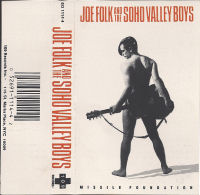
The next day August 8th we got the artists to come down to Don Fury’s Spring Street basement recording studio where many of the most famous early hardcore records were produced like Gorilla Biscuits, Helmet, Quicksand and Agnostic Front and started the marathon recording session that resulted in “White Trash New York Folk Vol. 1”. We recorded all the songs in one or two takes. The LP came out rather quickly for those days in early October and the buzz was good. Soon we got the lead article in the Village Voice and 109 Records was anointed as the “new folk” label. I met Roger Manning a key political folk singer from the record (“Real Estate Blues”). He was already signed to super-indie SST as a solo act. We became friends and he put together the follow up LP “Broome Closet Anti-Folk Sessions” for 109. He recorded it in his apartment and it had Kirk Kelly (also on SST), Cindy Lee Berryhill (Rhino) and notably Paleface’s first two officially released songs. The album also contained John S. Hall and Maggie Estep spoken word pieces and the scene blew up. We got favorable write ups in Billboard and Rolling Stone magazines and Paleface got quickly signed to PolyGram Records. John Hall and Maggie Estep were put on the MTV Spoken Word tour.
Roger and I went on the road together to Philadelphia and Boston blaring NWA’s F*ck The Police” out the window of my stick shift Toyota Tercel Station Wagon for his side project “Joe Folk and the Soho Valley Boys” on 109 of which two offbeat treatments of traditional folk songs are presented here. We saw the Liberty Bell and he played Khyber Pass and he did a great in-store at Newbury Comics and went on UMASS Boston Radio and played in the little amphitheater by the wharf. That’s what it’s all about going on the road and singing your heart out for what you believe in and meaning it. Now that the majors had co-opted everything I had worked for I paid all my debts, closed the label and went to law school. Now I’m starting the label back up and see what happens but this time it’s all digital files of new and unpublished folk songs, literary musings disguised as concert reviews by famous folkies and fine artwork by my wife and partner Anne. I hope that this new folk city website inspires all you others out there to contribute too. The beauty of the modern world is that there is endless digital space to fill unlike the hard cold past where tough choices had to be made of who was in and who was cut. We welcome all submissions for possible inclusion.
